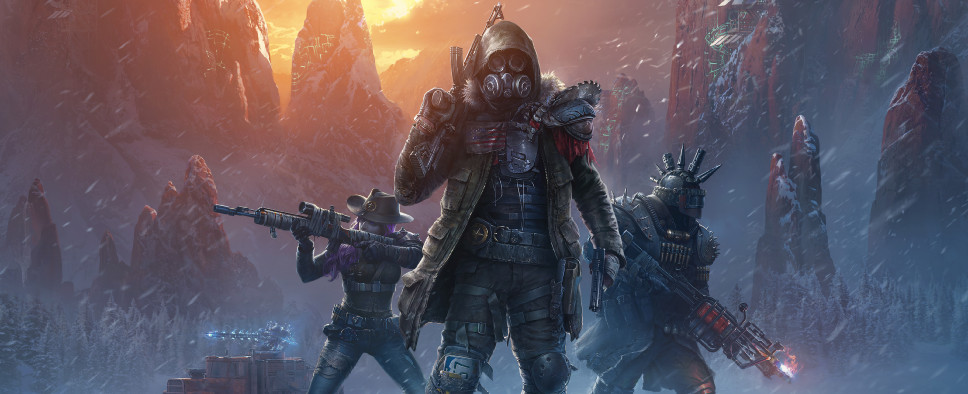Wasteland 3 Update #22
-
Category: News ArchiveHits: 1851

The latest Wasteland 3 development update introduces us to the Everest Hotel. Those of you following the game's development may be wondering what happened to the previously mentioned Stanley Hotel. Truth of the matter is, the two are one and the same. The reasons for the name change, the hotel's backstory, and some related quests are all discussed in the update. There are some spoilers there, so exercise caution if you're sensitive to that sort of thing. An excerpt:
Building the Everest: From Concept to Design
Hey everyone!
Colin here to talk about some of the early design we’ve been working on for the game. Right now, I’m the narrative designer for an area in the northern reaches of the world map, a place originally called the Stanley Hotel. We’ve recently changed the name to “the Everest Hotel” - in part, because I wanted a name that fit the function of the hotel better. See, not only is this hotel up in the mountains (thus "Everest"), but it's also a place for a guest to sleep forever, or Ever-rest.
I need to give a special shout out to Alex Kerr, the level designer for this area. He’s taking ideas and really making them shine - discussing features, conversations, and quests, and then suggesting improvements after he begins implementation and blockout of the quest areas. You will see more about the work Alex is doing in a future update.
By the way, this being a design diary-style entry, I have to warn you that this whole section is FILLED with spoilers. Skip to the Crowdfunding Corner section if you don’t want the the hotel ruined for you.
If you’re still reading, this is your own fault.
Still here?
OK, let’s talk design. Part of the fun of this series, and it's certainly part of the fun of developing the game, is watching as these rough early sketches and layouts become the finished product that you will experience in the game. At this stage in "Building the Everest", you're seeing us lay the foundation for the zone - specifically, refining the concept and then beginning to move from concept to implementation, iterating on ideas the whole way through. What you see here is the earliest part of development, where the practice of narrative and level design meet for the first time.
Background
The idea for the hotel was born from the Stanley Hotel in Estes Park, inspiration for Stephen King’s Overlook Hotel in “The Shining”. I wanted to make a haunted hotel, a place with a hideous secret that would entrap the unwary. As a secondary goal, I wanted to include several references to The Shining itself as an homage to an author whose early work had an outsize influence on my career (read: gave me nightmares as a kid).
Originally, I was looking at the basement of the hotel as the home to a dimensional rift, and it was voices from the rift that spoke to the caretakers of the hotel, exhorting them to murder/“preserve the spirits of the lost”. The first comment on this plan was, “This is Wasteland, not Torment.”
OK, fine. What if instead of an actual rift, the caretakers just believe there’s a hole to another world there? That’s still cool, but now we need to explain why it is that they’d believe such a thing. The easiest solution to that? Mass hallucination and charismatic cult leaders.
So now I needed to find a way to induce mass hallucination in this crowd, and what easier way to do that than via the fungus the caretakers use for food? Throw some hallucinogens (similar to psilocybin), maybe include something like Cordyceps to rewire their neural pathways, and suddenly having the caretakers believing that they can kill people to save them starts to sound almost reasonable.
This led me to consider a fungus greenhouse, decorative fungus in the hotel, and a bunch of fungus-related content (ironic, since I hate mushrooms), but, as with the idea of the dimensional rift, I realized that it wasn't the right direction to take this level. It took away agency from the Caretakers, and made their actions the fault of an exterior force. Worse, as we plotted out the flow of the fungus quests, it just wasn't fun. Back to the drawing board! We kept some of the ideas that we liked, while reworking others. This is all part and parcel of the review process.
So now the hotel's caretakers are straight-up murderers. But why? Why would the custodians of a pre-war hotel decide that they had to kill their guests? I had to dig still deeper into caretaker psychology to help understand their motivations, and to keep them from becoming simple Bad Guys Who Should be Killed.

